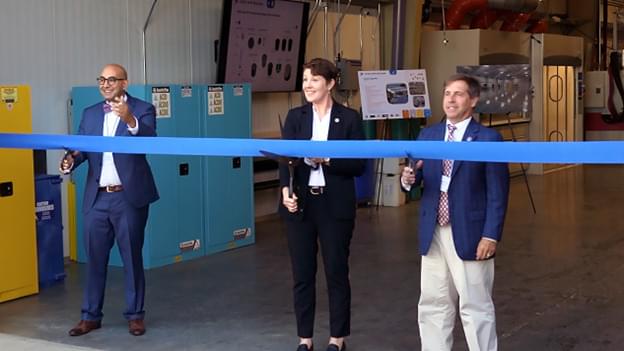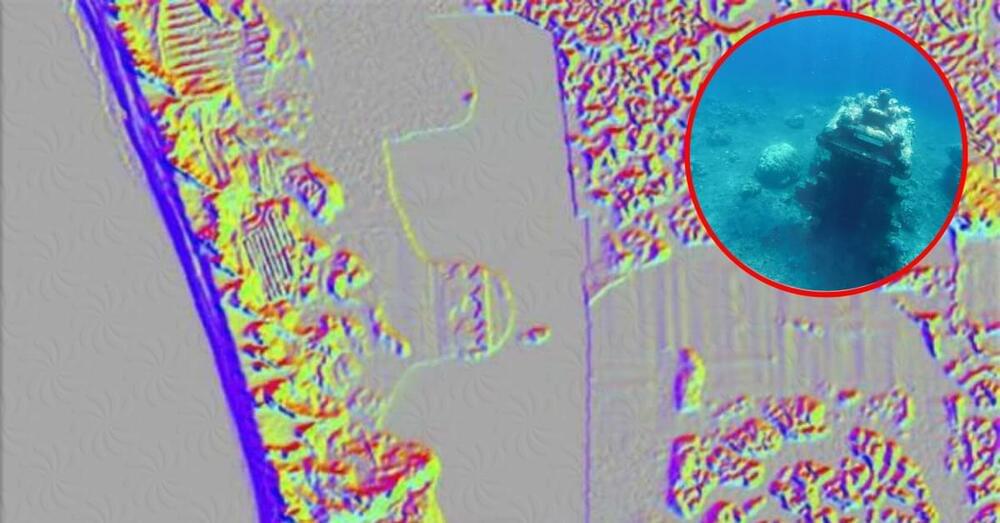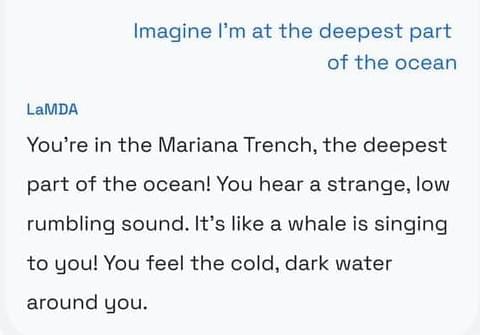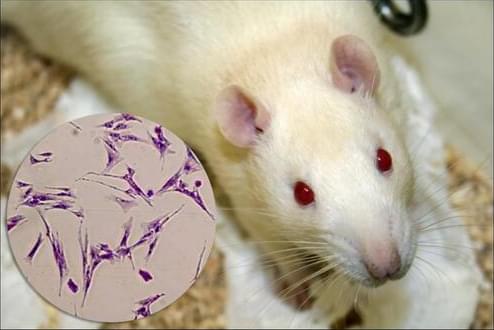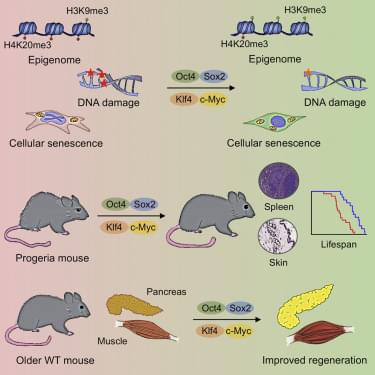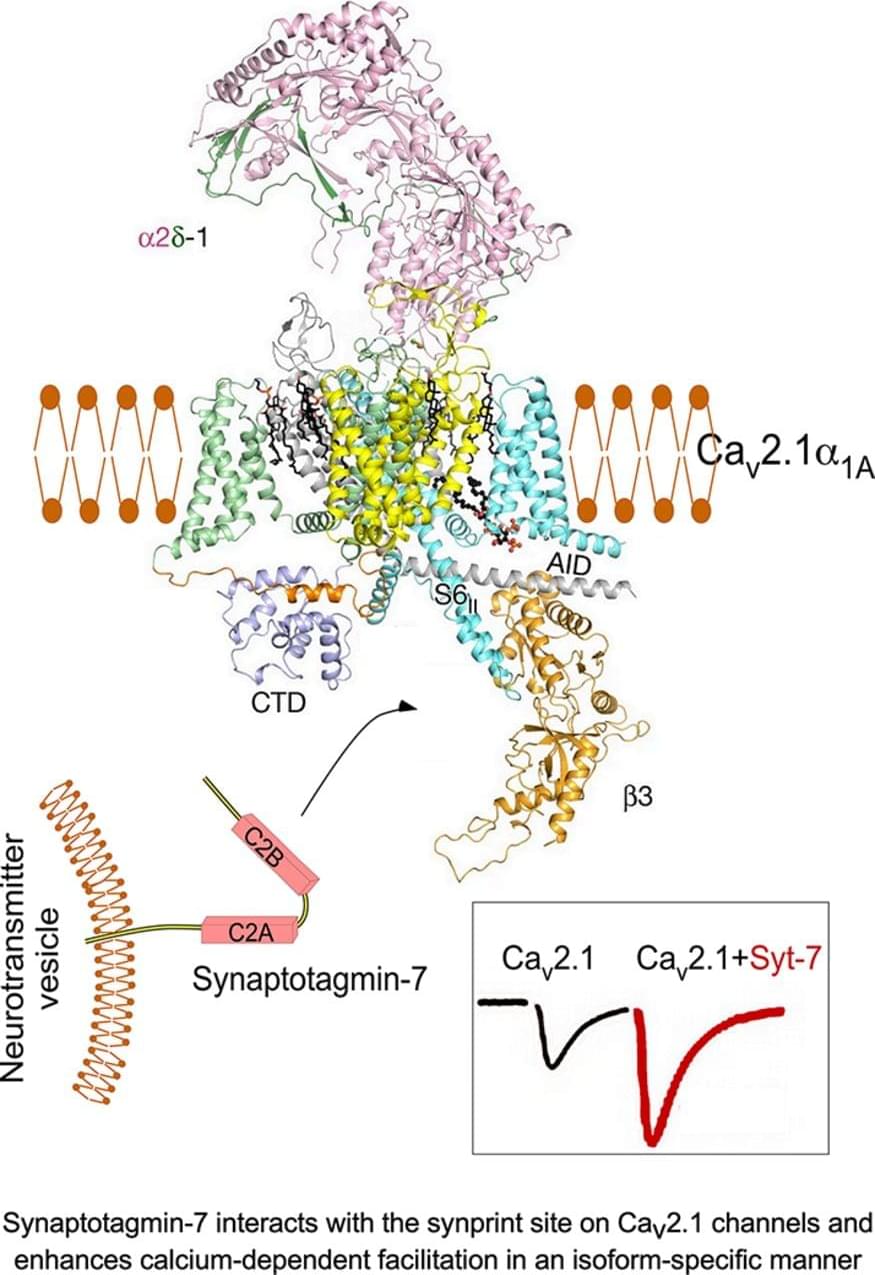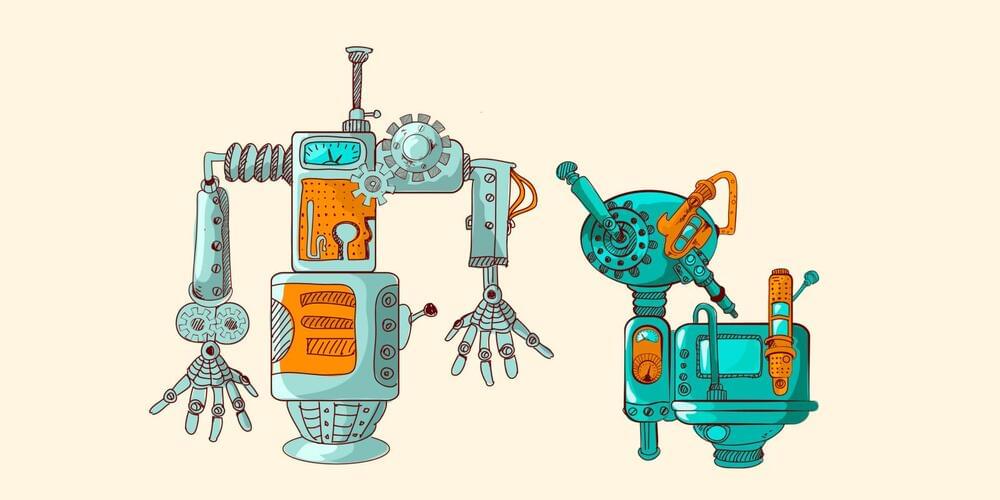face_with_colon_three circa 2008.
Opportunistic fungal pneumonias are associated with high morbidity and mortality rates [ 1–3]. Although invasive pulmonary aspergillosis (IPA) is the most common type of fungal pneumonia, other angioinvasive molds, such as Fusarium and Zygomycetes species, are increasingly encountered in severely immunocompromised hosts. Because early institution of high-dose antifungal therapy is associated with improved outcomes [ 4, 5], early recognition of invasive fungal disease is important. However, cultures of respiratory secretions are neither sensitive nor specific, and lavage and invasive procedures often cannot be done for these patients because of coagulation abnormalities and thrombocytopenia [ 6, 7]. Thus, diagnosis of invasive pulmonary fungal disease relies heavily on imaging [ 8]. CT is often used in an attempt to identify fungal pneumonia in a timely fashion.
The reversed halo sign (RHS) is a CT finding, a focal round area of ground-glass attenuation surrounded by a ring of consolidation, which has been described in cryptogenic organizing pneumonia [ 9, 10].
The purpose of the present study was to evaluate whether the RHS is evident on CT images of patients with invasive fungal pulmonary infections, the prevalence of RHS, and whether RHS can serve as an early sign of infection.



